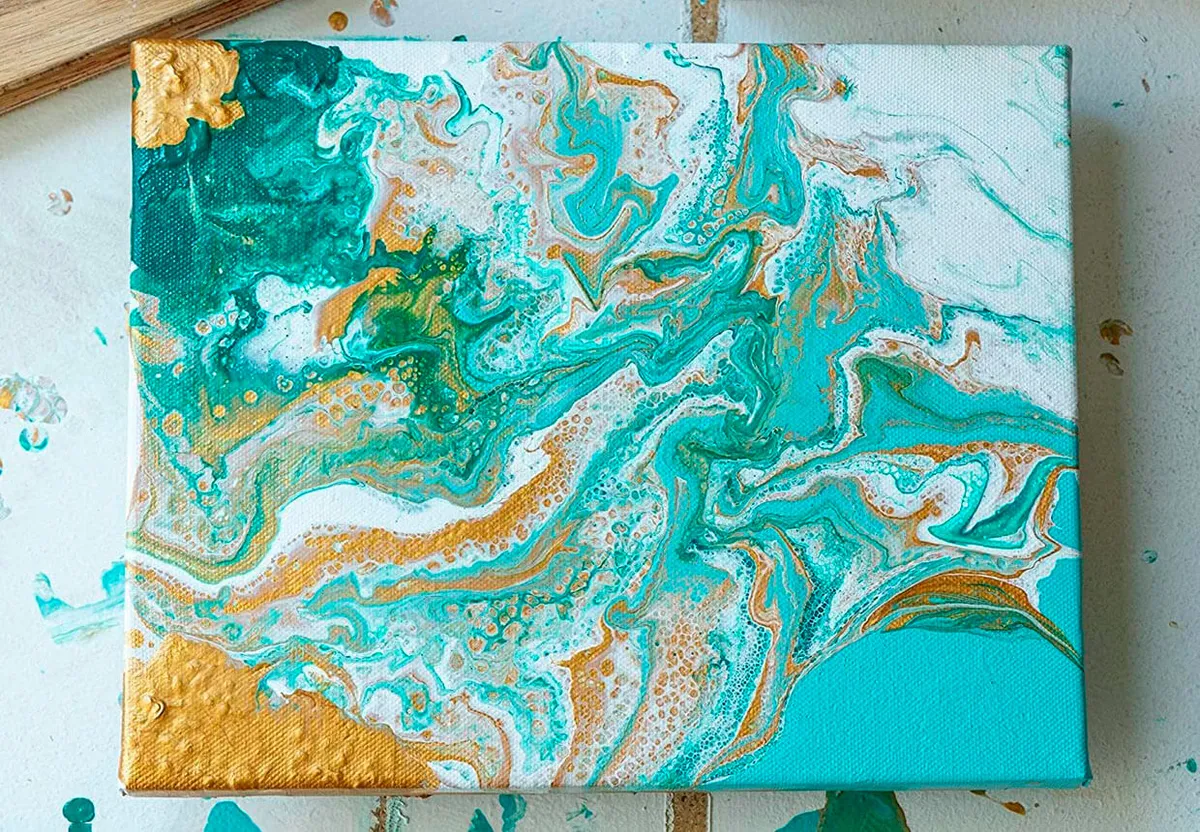Choosing the right paint color for your walls can make all the difference in the look of your home. It can make a small room feel bigger, or warm a chilly north-facing room.
It can also help your space avoid glare and make it easier to clean and touch up. But it can be tricky to choose the right color, especially if you’re not a professional.
1. Don’t be afraid to try a bold color
A bold color palette is the perfect way to make a statement in your home. Whether you’re painting your entire living room in a saturated orange or adding a splash of blue to your bathroom, a little bit of boldness can help your space feel bigger and more dramatic than you may think possible.
Choosing a color that complements other areas of your home is also important when it comes to boldness. For example, if your brightly colored living room shares a wall with your neighboring dining room, you should try to incorporate the same hues and patterns in each room.
If you are afraid to use a bold color, consider using an accent wall instead of your entire room. This will help you avoid feeling too overwhelmed by the boldness of the color and keep your space from looking cluttered.
There is a lot of psychology behind colors, and you should know how to choose one that will work for you. For example, warm colors like red, orange and yellow make you feel happy and lively while cooler colors such as blue, green and purple create a calm, restful atmosphere.
2. Pick a neutral base
Choosing the right paint color for your walls can be difficult. From picking a neutral base to coordinating it with existing decor, there are a lot of considerations when it comes to creating a space that is cohesive and beautiful.
The most important thing to remember when selecting a neutral base is that it needs to have the right undertone for your space. For instance, if you want to achieve a cool color scheme, avoid shades with green undertones because they will look too harsh in a room that is not well-lit.
Another thing to consider is how the room will be used. If the room is going to be a place where families and friends gather, use brighter colors to help it feel more social and inviting.
Whether it’s a dining room or a living room, pick a color that works with the furniture and accessories you already have in the room. This way, your wall will be a natural backdrop for the rest of the decor.
3. Don’t forget the trim
When choosing paint colors, it is essential to remember that your walls aren’t the only surfaces you need to pay attention to. You should also consider the trim for ceiling molding, doors and baseboards.
Using the same color for trim can help to define a room’s style and create an overall cohesive look. Alternatively, a light trim can make a space feel brighter and more spacious.
In addition to picking a trim color that coordinates with your wall color, it is also important to choose one that works well with the lighting in the room. This is especially important for rooms with a lot of natural light.
White is a standard choice for trim in many homes, but you can also choose a shade or two darker to provide a contrast. Darker trim looks particularly striking in modern-style homes, where it adds depth and a sense of drama to the design.
4. Pick the right sheen
Sheen, or the shine or luster of paint, is more important than you might think. It can make a huge difference in how your walls look, and how well they hold up over time.
Depending on what you are looking for and what type of surface you are painting, there are different sheens that can be used to achieve the look you want. Knowing which sheen to choose will help you make an informed decision and avoid a costly mistake.
Sheens vary from flat, which has no shine but hides imperfections to high-gloss, which is very shiny but the most durable. Choosing the right sheen depends as much on function of the space as it does your personal style and preference.





